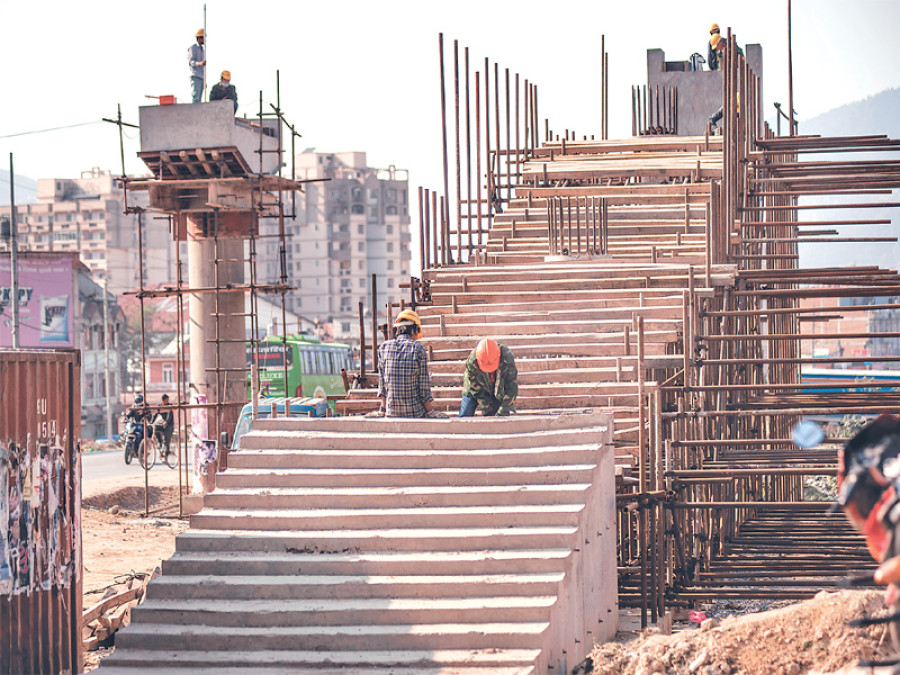Valley
KMC's second quadrimester review: Spending slow, revenue collection target unmet
After being dealt a double whammy by earthquake and prolonged fuel crisis last year, Kathmandu metropolis has been slow in recovering, key economic figures of the city authority showed as development expenditure and revenue collection are short of target.
Gaurav Thapa
After being dealt a double whammy by earthquake and prolonged fuel crisis last year, Kathmandu metropolis has been slow in recovering, key economic figures of the city authority showed as development expenditure and revenue collection are short of target.
Kathmandu Metropolitan City has been able to spend only 22.24 percent of its infrastructure and development budget till the second quadrimester of the current fiscal year which ended in mid-March. The second quadrimester progress report of the KMC also showed that revenue collection target was missed by 24 percent. Development expenditure and revenue collection are indicators of growth in life standard and commercial activities.
“The second quadrimester of current fiscal year was hard for the entire country,” Chief and Executive Officer of KMC Rudra Singh Tamang said. “The protests in the Tarai from September and the subsequent blockade at the Indian border resulted in shortage of daily essentials and difficulties in movement.”
Kathmandu was slowly returning back to its former vibrant self after the April 25 earthquake of last year and its aftershocks when protests in the Tarai blocked off essential supplies to the Capital. Widespread shortages of fuel, cooking gas, edible oil and other daily-use products created a situation where development and economic activities were hit hard. The second quadrimester of the fiscal year 2015/16, between mid-November and mid-March, therefore failed to yield expected results.
The metropolis has spent only Rs 640 million so far for infrastructure improvement and other development expenditure in the current fiscal year out of the allocated budget of Rs 2.88 billion. Of the total yearly budget of Rs4.06 billion, only Rs940 million has been spent so far. This was due to slow pace of reconstruction and physical development projects due to scarcity of fuel and construction materials.
Destruction of thousands of houses and a fall in building construction following the earthquake in the metropolitan area heavily affected KMC’s tax revenue as house and land tax constitutes 72 percent of its revenue source. In total, the metropolis had targeted to collect Rs 195 million in revenues from its internal sources in the second quadrimester but could only manage Rs148 million, which is only 76 percent of the target.
According to official data, a total of 5,227 private houses in Kathmandu metropolis were destroyed by the earthquake, while 18,770 were partially damaged.
The effects of the protests and the blockade which ended in February were felt till March, according to Tamang. “Nevertheless, development works of the KMC has started picking up pace lately and we expect that this upward trend continues till the end of the current fiscal year.”
House pooling for earthquake-damaged buildings in core city areas, purchasing lands for developing open spaces, reconstruction of Hanumandhoka Durbar Square and the KMC’s former office Bagh Durbar, renovation of Ratnapark, Ranipokhari and Balaju Park, extension of electronic building permit system to all wards of the metropolis, city beautification and construction of cluster-based solar stations are the major development projects of KMC for the current fiscal year.




 9.12°C Kathmandu
9.12°C Kathmandu










